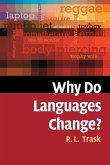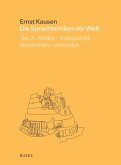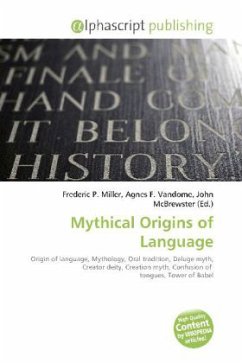Language demonstrates structure while also showing considerable variation at all levels: languages differ from one another while still being shaped by the same principles; utterances within a language differ from one another while exhibiting the same structural patterns; languages change over time, but in fairly regular ways. This book focuses on the dynamic processes that create languages and give them their structure and variance. It outlines a theory of language that addresses the nature of grammar, taking into account its variance and gradience, and seeks explanation in terms of the recurrent processes that operate in language use. The evidence is based on the study of large corpora of spoken and written language, what we know about how languages change, as well as the results of experiments with language users. The result is an integrated theory of language use and language change which has implications for cognitive processing and language evolution.
'It used to be a cliché that humans understand new utterances by constructing analogies with previous utterances. A fully-fledged articulation of this idea was however lacking until now. Bybee does a marvellous job in bringing together linguistics and cognitive science, showing how the integration of usage and analogy results in an improved account for language cognition.' Rens Bod, Institute for Logic, Language and Computation, University of Amsterdam








